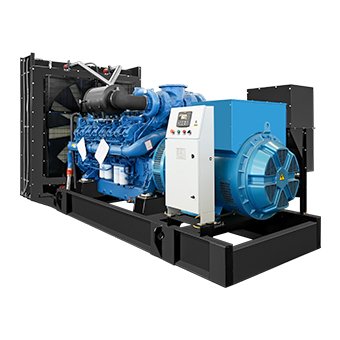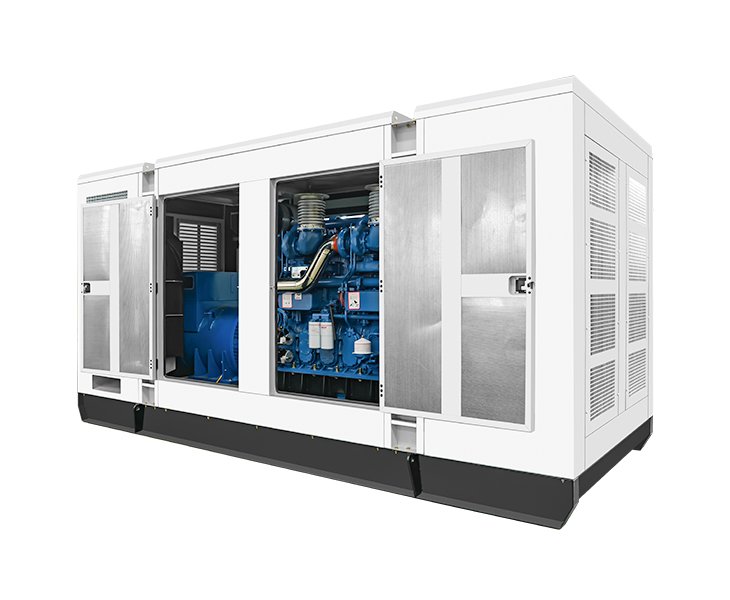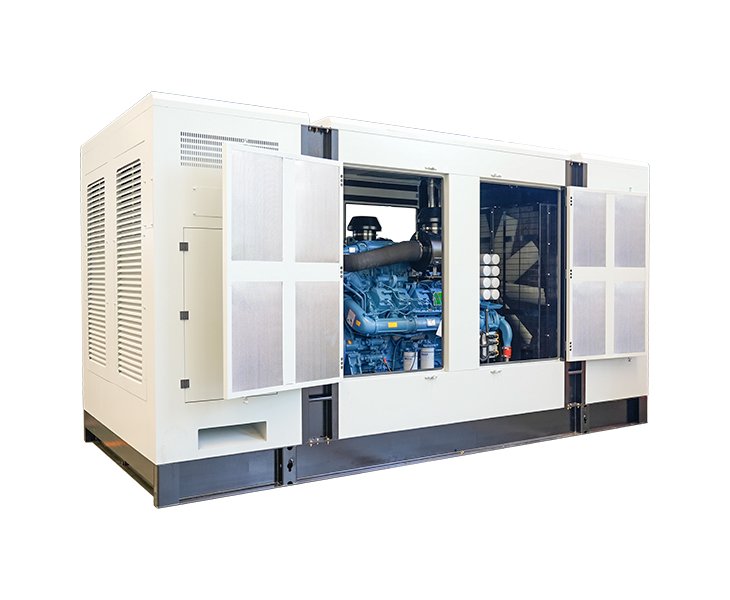Chinese Manufacturer of Hospital Generators
The HUAQUAN hospital generator serves as the emergency backup power supply for the hospital and is also the lifeline for medical safety, especially in critical areas such as the operating room, ICU, and emergency department.
The HUAQUAN hospital generator can automatically switch to generator power supply in case of a main power grid failure, ensuring a continuous power supply.
The HUAQUAN hospital generator is capable of supporting continuous operation for 24 to 72 hours (depending on the reserve of fuel). In the event of a main power grid failure, it can automatically switch to a generator power supply to ensure the continuous supply of electricity.
The HUAQUAN hospital generator has been equipped with multiple noise reduction devices, such as sound insulation covers, sound insulation cotton, and mufflers, which can effectively reduce noise and minimize its impact on patients and medical staff.
Hospital Generator
The power of the hospital generator needs to be determined through professional electrical design, and the selection should be customized according to the hospital’s scale and load requirements.

Small hospital backup power supply is commonly used to supply power to basic equipment such as emergency rooms and ICUs.

Medium sized hospital backup power supply is commonly used to supply power to basic equipment such as operating rooms, laboratory departments, and imaging departments.

Medium sized hospital backup power supply, commonly used for supplying power to large equipment such as CT and dialysis machines.

A backup power supply for large hospitals can be used to supply power to areas such as outpatient buildings, elevators, and operating room clusters.
The Main Types of Hospital Generators
Diesel hospital generator: The most common type, with a wide power range (50 kW to 3 MW), suitable for long-term operation, and easy to store fuel.
Gas hospital generator: Environmentally friendly and low in noise, but dependent on natural gas supply, suitable for urban hospitals with stable gas sources.
Duel-fuel hospital generators: Diesel + natural gas, high flexibility, but more expensive.
Portable hospital generator for emergency: A small backup power source used to temporarily support some equipment.


Core Performance Indicators of the Hospital Generator
High reliability: Automatically starts (with ATS), restoring power supply within 10 to 15 seconds after the power grid’s outage.
Continuous operation capability: Supports at least 24 to 48 hours of continuous power supply (fuel reserve must be sufficient).
Grid compatibility: Seamless switching with the mains power, avoiding voltage fluctuations that affect precision medical equipment (such as MRI, ventilators).
Low noise design: Avoids disturbing patient rest. Usually requires a soundproof cover or installation in an independent machine room.
Environmental compliance: Complies with local emission standards (such as EPA Tier 4 or EU Stage V).
Small hospitals: 100-500 kW (covering basic lighting, emergency services, and some medical equipment)
Medium-sized hospitals: 500 kW – 1.5 MW (including operating rooms, ICU, and imaging departments)
Large tertiary hospitals: Over 2 MW (full-load operation requires detailed load analysis)
Placement location: It should be in an independent machine room or basement, with good ventilation and far away from the ward area.
Fuel reserve: The diesel tank should have a capacity of more than 72 hours of usage and comply with fire safety regulations.
Regular tests: Conduct no-load operation monthly and load test annually to ensure response speed.
Redundant design: Important hospitals may be required with N+1 redundant generators.
Reasons: Battery power depletion or corrosion (the most common); fuel system issues (such as diesel condensation, filter blockage); automatic transfer switch (ATS) malfunction.
Solutions: Regularly check the battery voltage (≥12.6V) and clean the terminals; use antifreeze diesel and replace the fuel filter monthly; test the ATS for simulated power-off response.
Weekly: Check oil level, coolant, and battery.
Monthly: Run without load for 30 minutes, record voltage/frequency.
Annual: Comprehensively inspection by professional institution (insulation resistance, grounding resistance).



